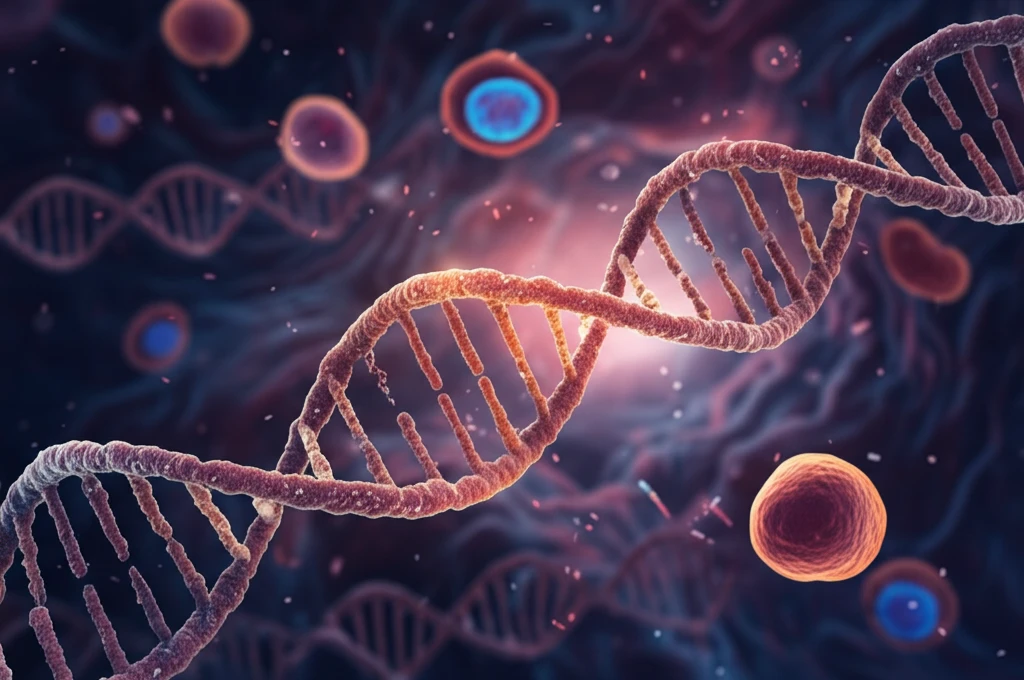
Beyond the Surface: Advanced Imaging Reveals Hidden Liver Health Clues
"Revolutionary Techniques Uncover Subtlte Differences in Liver Cells, Opening New Paths to Early Diagnosis and Personalized Treatment"
As we step into a new era of medical understanding, marked by innovative technologies and deeper insights into the human body, groundbreaking research is reshaping our approach to health. Liver disease, a widespread concern affecting millions globally, stands at the forefront of this transformation. Traditional diagnostic methods often provide a limited view, missing subtle yet critical changes occurring at the cellular level. Now, a new wave of research is employing sophisticated techniques to uncover these hidden clues, potentially revolutionizing how we detect, treat, and manage liver conditions.
At the heart of this revolution is a shift toward examining the liver at a microscopic level, focusing not just on overall tissue health, but on the individual characteristics and behaviors of liver cells, or hepatocytes. Scientists are exploring variations in gene expression, protein activity, and even the physical structure of these cells to understand how they contribute to the development and progression of liver diseases. This detailed approach promises to unlock personalized treatments, tailored to the unique cellular profile of each patient.
This article delves into the pioneering research that is illuminating the complexities of the liver. By focusing on advanced imaging techniques and innovative analytical methods, we aim to provide readers with a clear understanding of how these discoveries are paving the way for earlier diagnoses, more targeted therapies, and ultimately, better outcomes for individuals affected by liver disease.
Unveiling the Liver's Microscopic Secrets

The liver, a vital organ responsible for numerous metabolic and detoxification processes, is composed of various cell types, with hepatocytes being the most abundant. These cells are not uniform throughout the liver; instead, they exhibit regional specialization, with hepatocytes in different areas performing specific functions and displaying distinct gene expression profiles. This heterogeneity, while known, has been challenging to study in detail using conventional methods. A recent study published in Histochemistry and Cell Biology sheds light on this complexity by employing advanced image analysis techniques to examine the nuclear chromatin patterns of hepatocytes in different liver regions.
- Image quality, particularly focus, can influence GLCM feature measurements.
- The sample size of 200 chromatin structures may be considered small.
- The toluidine blue staining technique, while effective, is not as specific for DNA as the Feulgen stain.
Looking Ahead: The Future of Liver Disease Research
The advancements in imaging and analytical techniques represent a significant step forward in our ability to understand and combat liver diseases. By focusing on the microscopic details of liver cell structure and function, researchers are uncovering new avenues for early diagnosis, personalized treatment, and ultimately, improved patient outcomes. As technology continues to evolve, we can expect even more sophisticated methods to emerge, further illuminating the complexities of the liver and paving the way for a healthier future.
